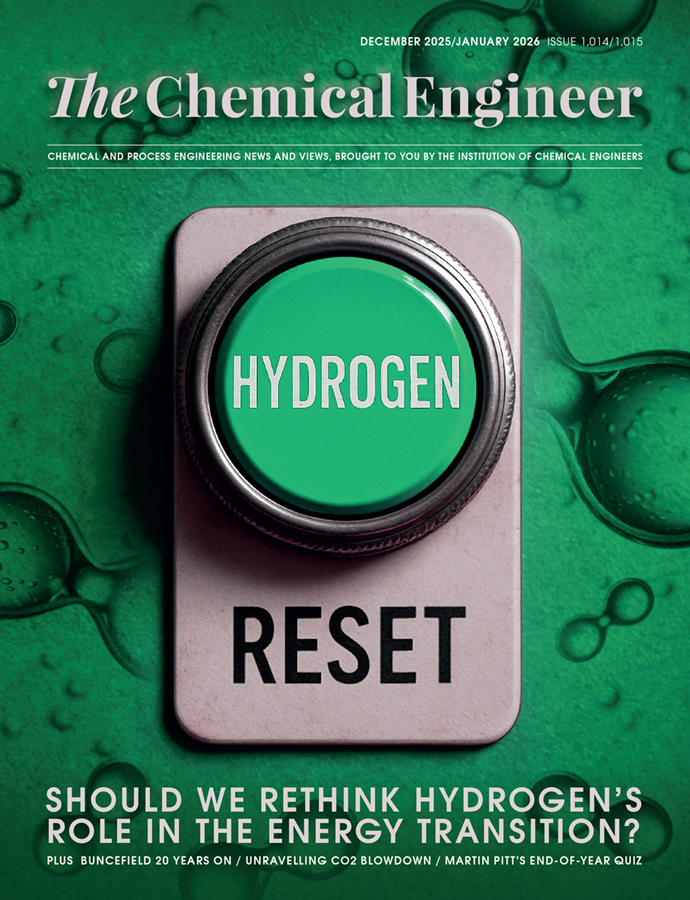Australia starts up Moomba, the world’s third largest CCS project without EOR

THE MOOMBA carbon capture and storage project in Australia has become the world’s third largest project to begin burying emissions without enhanced oil recovery (EOR).
The US$220m project in South Australia is being run as a joint venture between Santos and Beach Energy. It is capturing emissions from the neighbouring Moomba gas plant and piping them for storage in depleted onshore gas fields.
To date, many of the world’s largest CCS projects have injected captured CO2 into operating oil and gas fields to force out more hydrocarbons in a process known as EOR or enhanced gas recovery.
Beach said in a stock market filing on 17 October: “All facilities, pipelines and injector wells have been commissioned and brought online. Following first CO2 injection on 30 September 2024, daily injection has reached capacity rates, exceeding expectations for the commissioning phase and indicating the project’s potential to capture and store approximately 1.7 million tonnes of CO2 per annum.”
Moomba CCS comprises a four-stage compressor, five injection wells, CO2 dehydration, and CO2 pipelines. Based on annual storage capacity, it becomes the world’s third largest CCS project used for non-EOR purposes, following the 4m t/y Gorgon CCS project run by Chevron in Western Australia and QatarEnergy’s 2.2m t/y facility in Qatar, both of which started operations in 2019.
A pivotal moment
Moomba’s successful CCS startup will come as a relief to investors, given the troubled development of the Gorgon facility, which started injecting CO2 three-and-a-half years later than scheduled and has fallen considerably short of reaching its 4m t/y capacity. Startup was delayed by corroded valves and excess water in the pipeline between its LNG plant and the injection wells. Subsequent operations have been hampered by sand blockages that compromised the pressure management system.
Beach CEO Brett Woods said the successful commissioning of Moomba CCS is a pivotal moment in Australia’s emissions reduction journey. The Australian government has committed to supporting the development of CCS for net zero. In the latest budget it pledged to invest AU$556m (US$370m) mapping suitable CO2 storage locations, building on plans outlined in its 2023 Future Gas Strategy to become a regional CCS hub and establish agreements with other countries to store their emissions. In December, after the Australian government passed legislation allowing the cross-border transfer of CO2, Santos signed an agreement with two Japanese energy firms – JX Nippon Oil & Gas Exploration and ENEOS – to explore storing emissions transported from Japan, which would lead to the expansion of the Moomba CCS project.
CCS on the rise
The number of CCS facilities now in operation around the world has risen to more than 50 according to a report published last month by the Global CCS Institute. They have a combined capture capacity exceeding 51m t/y, though 80% of this capacity is being used for enhanced oil recovery.
In the past year the number of facilities in operation and development has risen 60% to 628. There is incomplete data on how many of these will simply store the CO2 or use it to produce more hydrocarbons.
Among the projects under development in Australia is the Hexagon Energy Materials WAH2 project in Western Australia. The plan is to reform natural gas into hydrogen and then convert it into ammonia for export to Asia. The resulting CO2 would be captured and buried. The project’s pre-feasibility was completed last year, with the technical work led by Petrofac and Topsoe.
There is also the Angel CCS partnership signed in April by Woodside and Yara. They are considering whether to establish a CCS hub in Western Australia to bury emissions from multiple users including Yara’s fertiliser operations.
Commenting on the successful startup of Moomba CCS, Santos CEO Kevin Gallagher said the project is a “potential game changer” for hard-to-abate industries across Australia.
“With a lifecycle cost under US$30 per tonne of CO2, CCS can no longer be ignored. This is a real carbon management industry opportunity for Australia, generating real jobs that are high-skilled, long-term and well-paying in South Australia.”
Recent Editions
Catch up on the latest news, views and jobs from The Chemical Engineer. Below are the four latest issues. View a wider selection of the archive from within the Magazine section of this site.




